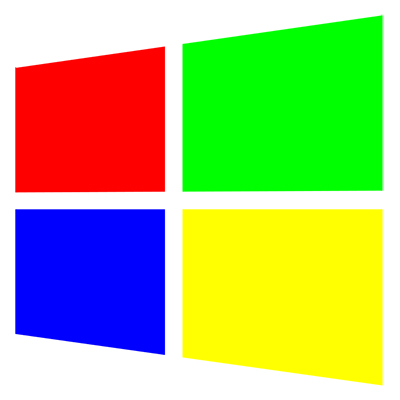
I came across a neat feature of Windows 10 quite by accident this weekend that will help me with my colour blindness. However, before I found it, I had a lot of frustration trying to “fix” the problem.
I was typing away on my computer Friday night and it was just before 3AM when suddenly my screen turned black and white (greyscale). I looked in Windows Color Settings but that was greyed out as it is controlled by my GeForce graphics card software. I had a quick look in the Nvidia Control Panel but couldn’t see anything that would have any effect. I figured maybe a restart would sort it out but I was more or less finished and it was late so I shut down (noticing a coloured log-off sequence) and went to bed.
The next morning the computer screen went through it’s usual brightly coloured login sequence but then switched to a greyscale desktop. So, the monitor was OK. Anyway to cut a long story short, I checked the Nvidia control panel again, reverted back to an earlier driver (and then an even earlier one), replaced my DVI cable and even changed the vibrance setting as one forum suggested.
In the afternoon, I decided to go through every setting and found one that was was set to filter the screen which was checked and “Greyscale” was selected. I unchecked it and the screen went back to normal colour.
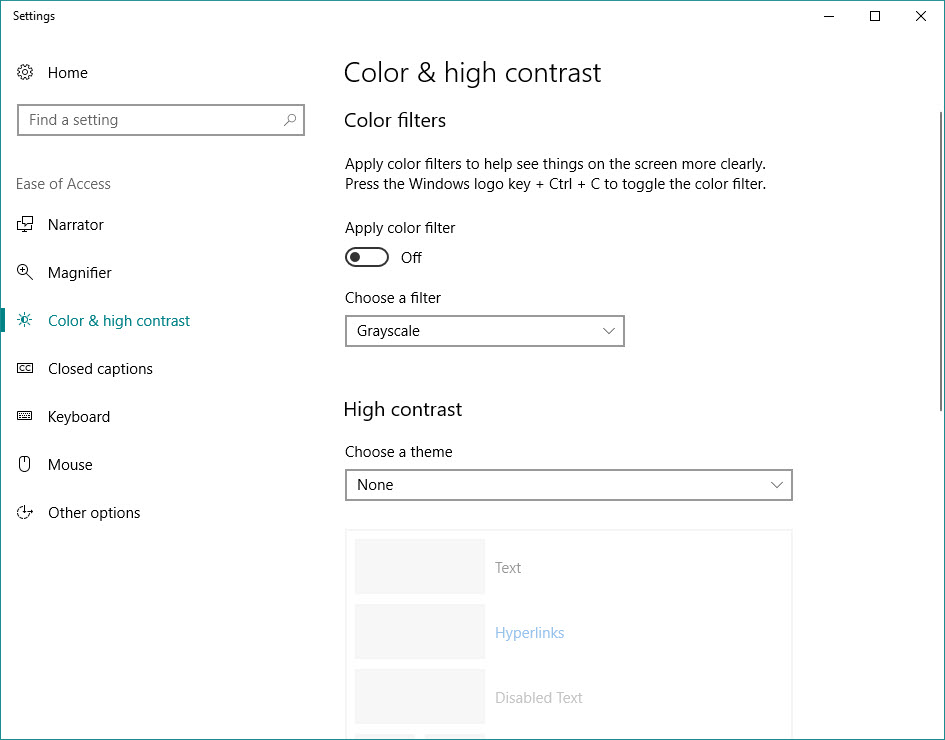
You’ll find it in “Color & high contrast” under “Ease of Access” in “Settings”.
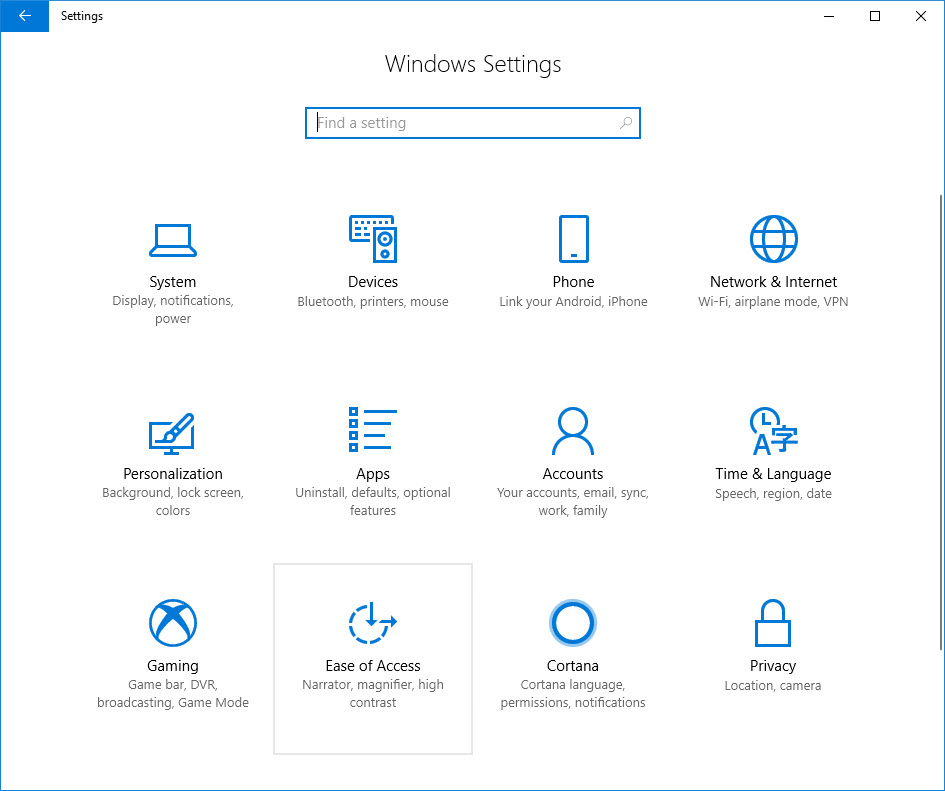
As you can toggle between unfiltered and your selected filter by clicking [Windows Key]+[Ctrl]+C I must have clicked that key combination by accident when trying to copy [Ctrl]+C and blamed an update. Well, the Windows key is right next to the Ctrl key on my keyboard. The Microsoft article is here Windows 10 Color Filters and Greyscale is the default filter.
I thought to myself, why would anyone want to have their screen in Greyscale and so I looked at the other options. Apart from Greyscale, there was Inverted, Greyscale Inverted, Deuteranopia, Protanopia and Tritanopia. Now I know I am colour blind, which I only found out about as an adult, and I remembered or thought I recognised those terms as being types of colour blindness. I checked on Wikipedia Color Blindness and found that I was correct.
I couldn’t remember what type I was and they had a lot more types than the 3 filters in Windows (4 if you include Greyscale for Monochromacy or total colour blindness). Even reading the descriptions of each I couldn’t tell. I knew it was red/green but what type.
After a little search I found a free online Ishiharas red/green colour blindness test, although that just tells you whether you have a colour deficiency or not in the red or green spectrum. I remember this test when I was about 7 years old and struggling to see numbers or lines in the majority of cards that I was shown. The teacher or nurse (I can’t remember which) got really angry with me because she thought I was being awkward and I was sent out of the room after only about 6 or 8 cards. I wasn’t told the purpose of reading those cards or if I had failed and what bearing that had. I remember how disappointed I felt at having failed but now I know that it was a colour blindness test. I had the same test when applying for a job in a laboratory, but the purpose and instructions were made clear – I found out that I was colour blind and didn’t get the job. On the same site, the full 38 cards used in the free test link are shown on this page Ishiharas 38 plates.
I wanted to find out the type of colour deficiency I had and another site helped me with exactly that. The Daltonian colour deficiency probability test. It’s still in beta but here are my results.
- Estimate of color vision deficiency’s probability: 75%
- deuteranopia indicator: 43%
- deuteranomaly indicator: 0%
- protanopia indicator: 0%
- protanomaly indicator: 0%
- tritanopia indicator: 0%
- tritanomaly indicator: 0%
This snippet is taken from Color Blindness on Wikipedia:
Protanopes, deuteranopes, and tritanopes are dichromats; that is, they can match any color they see with some mixture of just two primary colors (whereas normally humans are trichromats and require three primary colors). These individuals normally know they have a color vision problem and it can affect their lives on a daily basis.
People with protanomaly, deuteranomaly, or tritanomaly are trichromats, but the color matches they make differ from the normal. They are called anomalous trichromats. In order to match a given spectral yellow light, protanomalous observers need more red light in a red/green mixture than a normal observer, and deuteranomalous observers need more green. From a practical standpoint though, many protanomalous and deuteranomalous people have very little difficulty carrying out tasks that require normal color vision. Some may not even be aware that their color perception is in any way different from normal.
- Colour-blind dichromat types:
- Protanopia is lacking the long-wavelength red retinal cones
- Deuteranopia is lacking the medium-wavelength green retinal cones
- Tritanopia Lacking the short-wavelength blue retinal cones
- Colour-deficiency trichromat types:
- Protanomaly is having a mutated form of the long-wavelength red pigment
- Deuteranomaly is having a mutated form of the medium-wavelength green pigment
- Tritanomaly is having a mutated form of the short-wavelength blue pigment
Here’s a visual chart (c) Can Stock Photo / PATTER that shows what happens in the eye.
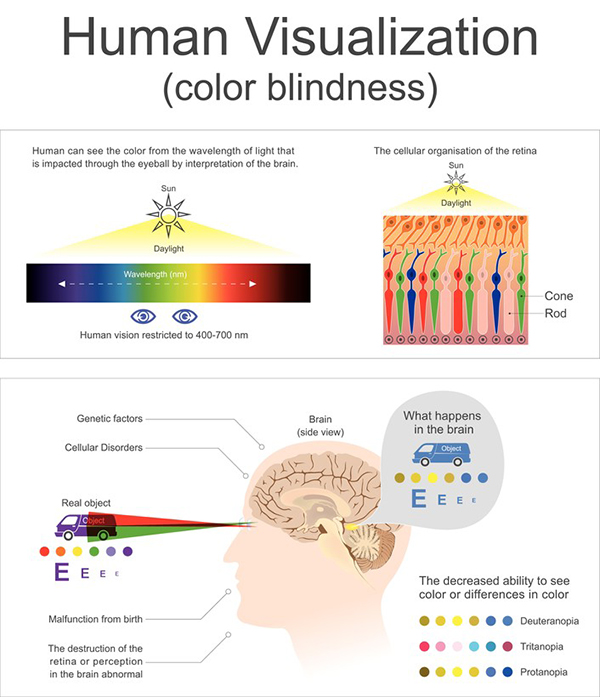
Now I know that I have Deuteranopia, I have changed my Windows 10 Settings to filter that way.
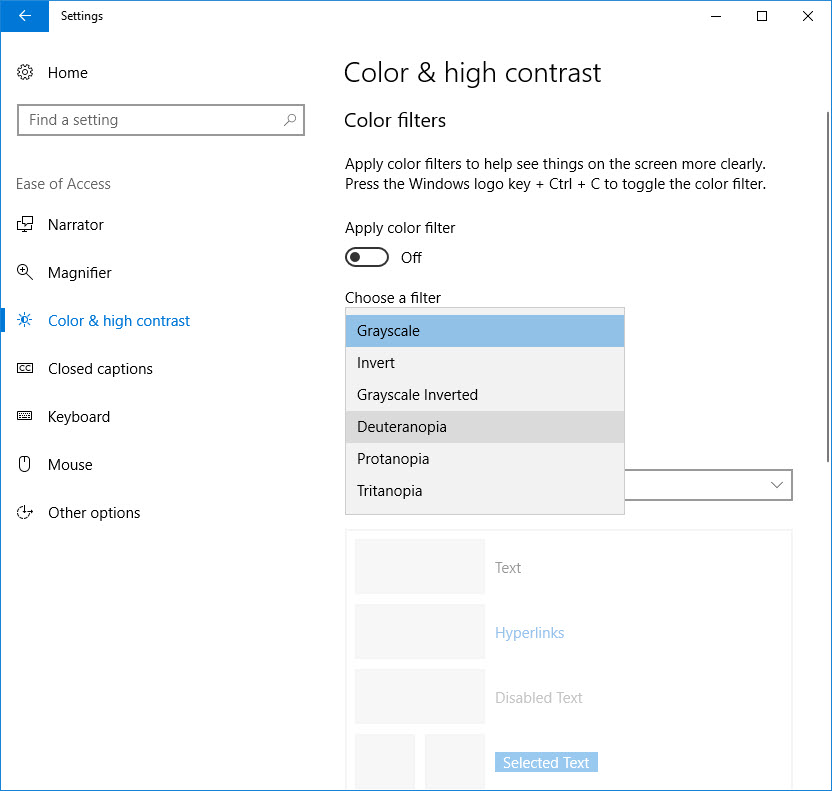
So, I thought I would try out this test again after changing my Windows screen filter to Deuteranopia and here’s the result.
- Estimate of color vision deficiency’s probability: 0%
- deuteranopia indicator: 0%
- deuteranomaly indicator: 0%
- protanopia indicator: 0%
- protanomaly indicator: 0%
- tritanopia indicator: 0%
- tritanomaly indicator: 0%
Wow, a perfect score! So, this is what things are supposed to look like. I will no longer have to ask for the opinion of normal colour vision people on my design work (although I will do as it’s not all about colour).
Applying these Windows Color filter settings if you are not colour blind will look strange to you. All you will see is the amount of a adjustment someone with deuteranopia, protanopia or tritanopia requires to see the same coloured image as you. Here is an example of comparing these filters to normal colour vision.
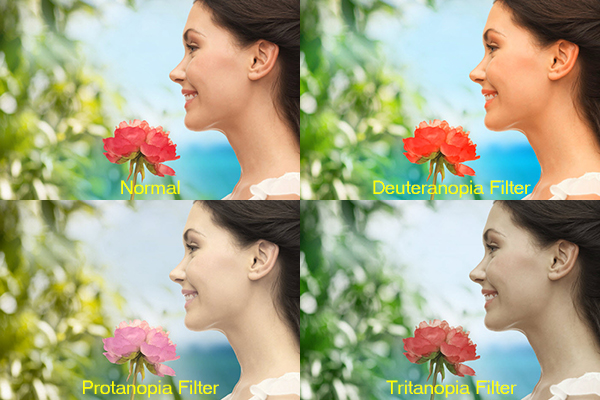
For me, I see the deuteranopia image in the same way as you see the normal one and what you see in the deuteranopia image is the amount of colour adjustment I need to see the same coloured image as you. Likewise for people with protanopia or tritanopia.
A simulation of the same picture viewed with these deuteranopia (green-blind), protanopia (red-blind) or tritanopia (blue-blind) Dichromatic conditions is shown below.
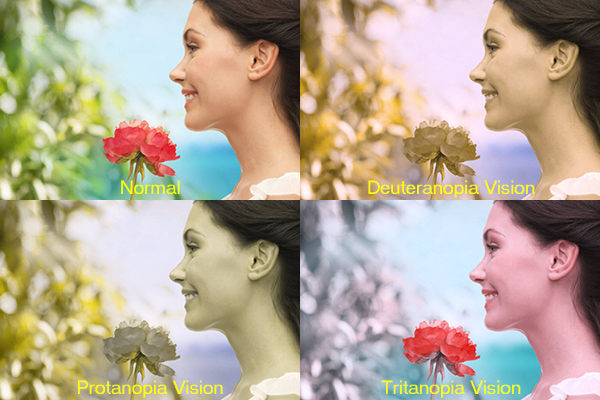
Here is also a simulation of the same picture viewed with Anomalous Trichromacy conditions; deuteranomaly (weak-green), protanomaly (weak-red) and tritanomaly (weak-blue) plus the Monochromatic views; monochromacy (known as achromatopsia) and blue cone monochromacy.
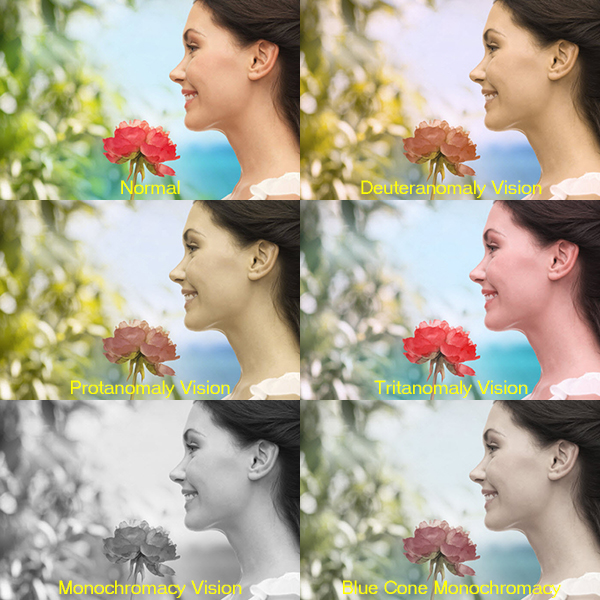
If you suffer from colour-blindness (or know someone who does), you now know that you (or they) can change the Windows 10 filter settings to help. Remember you’ll find the colour filters in “Color & high contrast” under “Ease of Access” in “Settings”. Perhaps one day Microsoft will add the anomalous trichromacy conditions to the filters too.
On a final note, I apologise for the different spellings of colour/color. I am in the UK and spell it colour whereas some Windows settings, articles or diagrams have used color.
